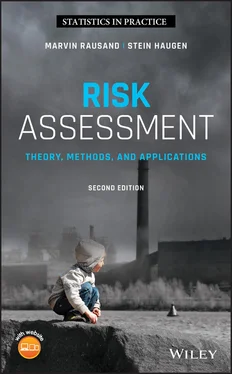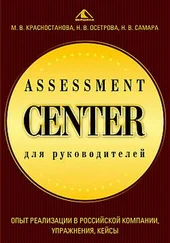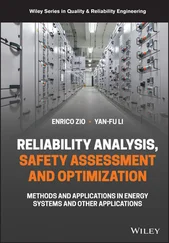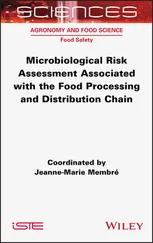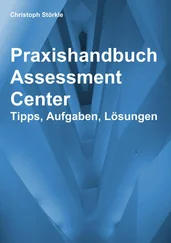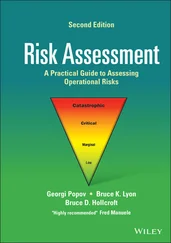1 ...6 7 8 10 11 12 ...45 1 Higher speed. In recent decades, high‐speed trains have become increasingly common. Higher speed implies more severe consequences if an accident occurs.
2 Increasingly connected computer networks. More and more devices are linked through the Internet. This does not just apply to computers, but many other devices such as cars, kitchen appliances, power systems, electrical meters, heating systems in homes, and mobile phones. This introduces possibilities for accessing and hacking devices from anywhere in the world. The increased number of connected devices increases the possible consequences and the magnitude of the consequences. With the rapid expansion of the Internet of things this problem increases day by day.
3 Increased competition and production pressure have several aspects that influence risk. Processes are moving faster with less time for preparation and planning, with increasing pressure to be efficient, leaving less time to take care to avoid accidents. Cost cutting may also increase risk.
4 Autonomous systems is a new technology that changes risk. Less people are involved, meaning that fewer are exposed if an accident should occur. On the other hand, people not directly involved may be more exposed (e.g. pedestrians being hit by autonomous cars). Machines may be more reliable for routine tasks than operators, reducing the probability of making errors, but operators are usually better at adapting to unexpected or unusual circumstances. Autonomous systems are complex, and we may not be able to predict all the ways they can fail.
5 Terrorism has existed for a long time, but mainly locally. It is only in the last couple of decades that this has become a global phenomenon.
6 Climate change is a global problem that changes risk in many ways. Risk related to natural hazards changes, with not only more violent storms, frequent flooding but also droughts. The world can be affected in different ways, among others reduced food production and lack of drinking water. This can in turn lead to hunger and more refugees.
To manage the effect of all these changes, we need to understand them and this requires systematic methods to identify them and to analyze them.
When used in risk research, a major accident is an accident with large and even catastrophic consequences. During the previous decades, a number of major accidents have made the public increasingly aware of the risk posed by certain technical systems and activities. A common denominator of these is that they not only have immediate effects in terms of loss of life, environmental damage, or economical effects but also long‐term effects by changing the public's and the authorities' attitudes toward the systems that have been involved in the accidents. A result of this is that changes in regulations often are made after major accidents. For companies involved, the consequences of these accidents not only incur enormous costs but may even force a company out of business and seriously damage the image of an entire industry. Examples of some past accidents with far‐reaching effects are listed in Table 1.1. These accidents are representative of a large number of accidents that have served to remind us that safety can never be taken for granted. Macza (2008) discusses several of these accidents and the society's response to each accident with respect to legislation changes and other actions.
Table 1.1Some past major accidents.
| Location of accident |
Year |
Consequences |
| North Atlantic |
1912 |
Titanic colliding with an iceberg and sinking, 1500 killed. |
| Flixborough, UK |
1974 |
Explosion and fire, 28 killed, more than 100 injured. |
| Seveso, Italy |
1976 |
Dioxin release, 2000 poisoned, contamination of environment, mass evacuation. |
| North Sea, Norway |
1977 |
Oil/gas blowout on Bravo platform, pollution of sea. |
| Three Mile Island, USA |
1979 |
Nuclear accident. Limited actual consequences, but had potential for a major release of radiation. |
| Bhopal, India |
1984 |
Release of toxic gas (MIC), 3800 killed, 500 000 exposed to gas. |
| Mexico City, Mexico |
1984 |
Explosion and fire at LPG storage and distribution depot at San Juan Ixhautepec. Around 500 killed. |
| USA |
1986 |
Explosion of Challenger space shuttle, 7 killed. |
| Chernobyl, Ukraine |
1986 |
Explosion and atomic fallout at nuclear power station. |
| Basel, Switzerland |
1986 |
Fire at Sandoz warehouse. Rhine River contaminated, severe environmental damage. |
| Zeebrügge, Belgium |
1987 |
The car and passenger ferry Herald of Free Enterprise capsized, 193 killed. |
| North Sea, UK |
1988 |
Explosion and fire on the Piper Alpha platform. Platform lost, 167 killed. |
| Alaska, USA |
1989 |
Oil spill from tanker Exxon Valdez . Severe environmental damage. |
| Amsterdam, The Netherlands |
1992 |
Boeing 747 cargo plane crashed near Schipol Airport, 43 killed. |
| Baltic Sea |
1994 |
The car and passenger ferry Estonia capsized, claiming 852 lives. |
| Eschede, Germany |
1998 |
High‐speed train derailed, 101 killed, 88 injured. |
| Longford Australia |
1998 |
Explosion and fire, 2 killed, Melbourne without gas for 19 days. |
| Bretagne, France |
1999 |
Loss of tanker Erika . Major oil spill. |
| Enschede, The Netherlands |
2000 |
Explosion in fireworks plant. 22 killed, 1000 injured, more than 300 homes destroyed. |
| Toulouse, France |
2001 |
Explosion and fire in fertilizer plant, 30 killed, 2000 injured, 600 homes destroyed. |
| Galicia, Spain |
2002 |
Loss of tanker Prestige , major oil spill. |
| Texas City, USA |
2005 |
Explosion and fire, 15 killed, 180 injured. |
| Hertfordshire, UK |
2005 |
Explosion and fire at Buncefield Depot. |
| Gulf of Mexico |
2010 |
Blowout and explosion on the drilling rig Deepwater Horizon , 11 killed, 17 injured, rig lost, major oil spill. |
| Fukushima Daiichi, Japan |
2011 |
Release of radioactive material with widespread contamination. |
| Giglio, Italy |
2012 |
Cruise ship Costa Concordia capsized, 32 killed. |
| Indonesia/Ethiopia |
2018/2019 |
Two crashes with Boeing 737 MAX, with 189 and 157 fatalities, respectively. |
Many books give overviews of major accidents (Kletz 2001 ; Mannan 2012) and investigation reports are often published. In some cases, scientific books are also written about major accidents (e.g. see Hopkins 2000 ; Vaughan 1996).
1.4 History of Risk Assessment
The development of risk assessment is closely related to the development of reliability assessment. The two subjects have many concepts and methods in common, and it is therefore difficult to say what belongs to risk and what belongs to reliability. The origin of the word “risk” and its early usage is thoroughly outlined by Bernstein (1998). A thorough historical account of the more recent history of risk assessment is given by Zackmann (2014). Here, we give only some few highlights. We realize that our presentation is biased because its main focus is delimited to developments in Europe and the United States.
Probabilistic risk assessment as we know it today had its root in the insurance (actuarial) discipline at the end of the nineteenth century. The Swedish actuary Filip Lundberg is considered to be the founder of mathematical risk theory. His first mathematical model for nonlife insurance was presented already in 1909, but was largely ignored till the Swedish professor Harald Cramér in 1930 developed his insurance risk theory based on Lundberg's approach. In the following years, Harald Cramér made a series of important contributions to risk and reliability theory.
Читать дальше
